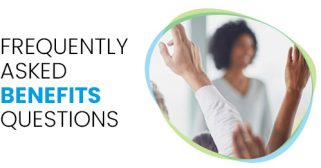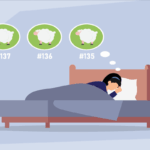It’s no surprise that physically vigorous workers are at the greatest risk for back pain, including the construction and healthcare fields. But so can more sedentary jobs where employees are sitting at desks; repeating small movements like twisting; or lifting and moving heavy objects. I think of office workers, bus drivers and warehouse help.
Ergonomics focuses on efficiency and comfort in the working environment. Very simple changes can make for big improvements. Consider these 5 by orthopedics at Franciscan Health, a major health system in Indiana:
- Sitting most of your day? Keep your feet flat on the floor or get a footrest to keep under your desk. Your back should be straight yet supported; back supports are very helpful if your chair does not already have lumbar support. Your elbows should lay on your chair’s armrests at a 90-degree angle. Raise your computer monitor to eye level. Reams of paper are great for this!
- Lifting? Practice good posture, using your legs and not your back to lift. Avoid twisting while lifting.
- Stationary? Change position often, including standing, sitting, stretching, walking. Convertible standing desks could be helpful, as are stress relief mats under your feet.
- Healthy? Stay that way or get that way!
- Weak? Strengthen your core with exercises that focus on the abdomen.
Being aware of your posture and how you interact with your work equipment can help. 25% of all workplace injuries are back injuries, according to New York Spine Specialists. Can you afford not to go to work while you heal?











